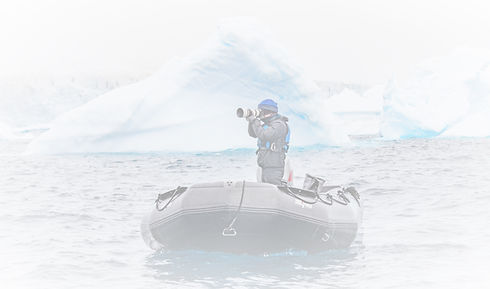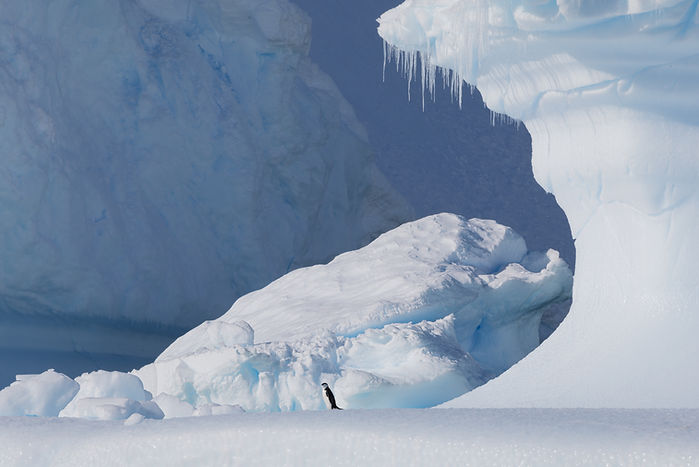
WELCOME TO MY
OFFICIAL STORE

Junior is an Expedition Photographer specializing in capturing the untamed beauty of Antarctica and beyond.
Prints, posters, digital products and more.
With warm regards,
Junior
South Georgia
The Vibrant Wild
South Georgia is one of the most remote and breathtaking islands on Earth. Located in the Southern Ocean, roughly 1,300 km east of the Falkland Islands, this rugged sub-Antarctic paradise spans about 3,755 km² and is framed by towering mountains, dramatic glaciers, and wild coastlines.
Despite its isolation, South Georgia is a haven for wildlife—often called the “Serengeti of the Southern Ocean.” It’s home to over 30 million breeding seabirds, including 400,000 pairs of king penguins at the iconic St. Andrews Bay. The island also hosts millions of macaroni, gentoo, and chinstrap penguins, and up to 5 million fur seals during the peak of breeding season. Southern elephant seals, the largest seal species on Earth, dominate the beaches in staggering numbers.
South Georgia also holds historical significance, serving as a key location in the heroic age of Antarctic exploration, including the legendary journey of Sir Ernest Shackleton.

Falkland Islands
A Haven for Seabirds and Penguins
Set in the South Atlantic Ocean, the Falkland Islands are a remote archipelago made up of over 700 islands, covering a total land area of around 12,000 km². Windswept and rugged, these islands offer a striking contrast of dramatic cliffs, white sand beaches, and vast open landscapes dotted with wildlife.
The Falklands are home to a small population of around 3,500 people, most of whom live in the capital, Stanley, on East Falkland. Despite its modest human presence, the archipelago is a sanctuary for wildlife—especially birds.
More than 60 bird species breed here, making it one of the richest birding regions in the Southern Hemisphere. It’s one of the few places where you can photograph four penguin species in one trip—king, gentoo, rockhopper, and Magellanic—all nesting in close proximity to each other. Colonies of black-browed albatross soar above the cliffs, while striking caracaras and upland geese add character to the windswept terrain.
Marine life thrives along the coast—elephant seals, South American sea lions, and Commerson’s dolphins are common sights. And during migration seasons, whales can often be seen breaching in the surrounding waters.

Antarctica
A Land of Ice and Wildlife
Antarctica is Earth’s southernmost continent, a frozen expanse of ice and silence that stretches over 14 million square kilometers, making it the fifth-largest continent and the coldest, driest, and windiest place on the planet. Covered by ice up to 4.8 km thick, Antarctica holds about 70% of the world’s freshwater and remains one of the most untouched landscapes on Earth.
Though inhospitable to permanent human settlement, Antarctica teems with life. Along its dramatic coastline and ice-cloaked islands, you’ll find millions of penguins, including Adélie, gentoo, and chinstrap penguins, as well as the iconic emperor penguin—the only species to breed during the harsh Antarctic winter.
Massive crabeater, Weddell, leopard, and elephant seals haul out onto the ice, while humpback, minke, and orca whalespatrol the nutrient-rich Southern Ocean. Above, petrels, skuas, and albatrosses ride the fierce polar winds.
Antarctica is also a place of deep human fascination—home to historic explorers like Ernest Shackleton, Roald Amundsen, and Robert Falcon Scott, and governed today by international cooperation under the Antarctic Treaty, which protects it as a place of peace and science.

The Shapes of Antarctica
from $149.00